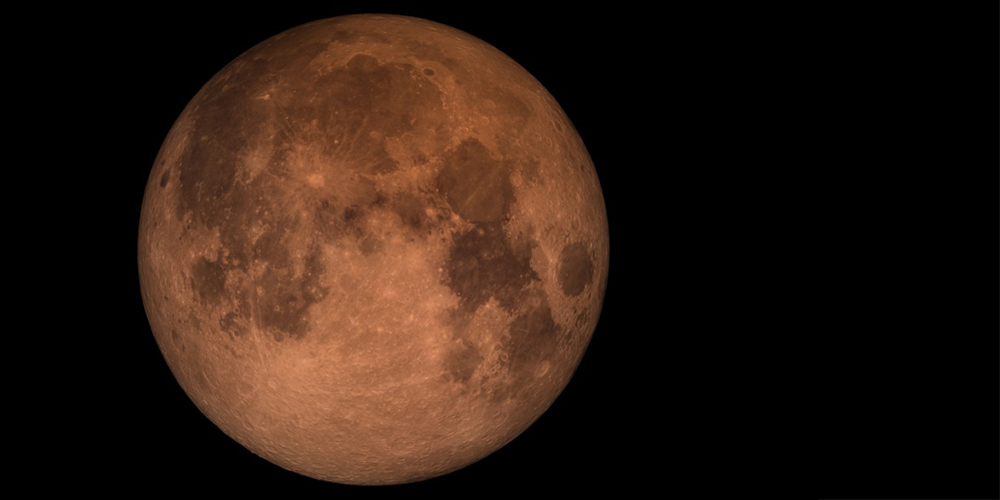Look for a Super Blue Blood Moon on Jan. 31
 A perigee full moon, or supermoon, is seen during a total lunar eclipse on Sept. 27, 2015, in Washington, D.C. (Photo courtesy of Goddard Space Flight Center)
A perigee full moon, or supermoon, is seen during a total lunar eclipse on Sept. 27, 2015, in Washington, D.C. (Photo courtesy of Goddard Space Flight Center)
A lunar eclipse visible from North Texas in the early morning of Jan. 31 will be a rare treat not seen in North America for more than 150 years.
Lunar eclipses themselves are fairly common, occurring when the sun, Earth and moon line up so that the moon passes into the Earth’s shadow. (Fun fact: Such an alignment of three or more celestial bodies is called a syzygy.) During a total lunar eclipse, the entire face of the full moon is covered in the red-orange glow of Earth’s shadow, giving this event the nickname of “blood moon.”
The eclipse in January also coincides with the full moon being a “supermoon,” a non-scientific term that just means the moon is full when it’s near perigee – the closest point to the Earth along its slightly oval, monthly orbit around our planet. A supermoon looks a smidgeon bigger and brighter than a run-of-the-mill full moon.
If that wasn’t enough, the Jan. 31 full moon/eclipse is the second full moon in a calendar month, popularly known as a “blue moon.”
The last blue-moon total eclipse visible from North America was on March 31, 1866.
So Comets, join your fellow solar-system friends on Wednesday morning for the super-blue-blood moon (weather and clouds permitting)!
WHEN
5:48 a.m. (CST) — Full moon begins to turn red
6:51 a.m. — Total eclipse begins; moon is completely red
7:23 a.m. — Moon will be below the horizon and no longer visible
WHERE
Look to the west-northwest, with a clear view of the horizon. The moon will be setting, so try viewing from a high point in an unobstructed area.
–Amanda Siegfried



